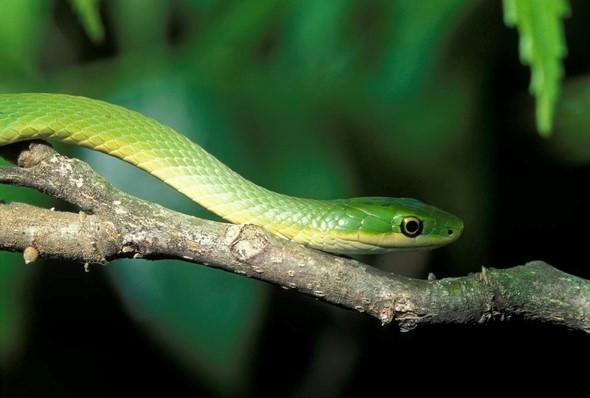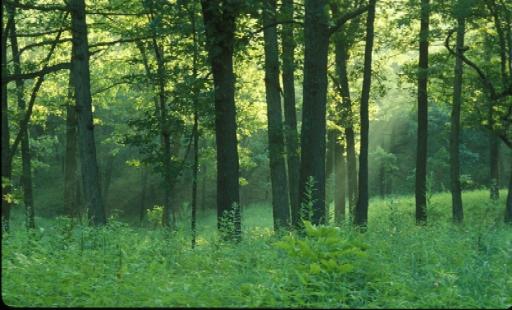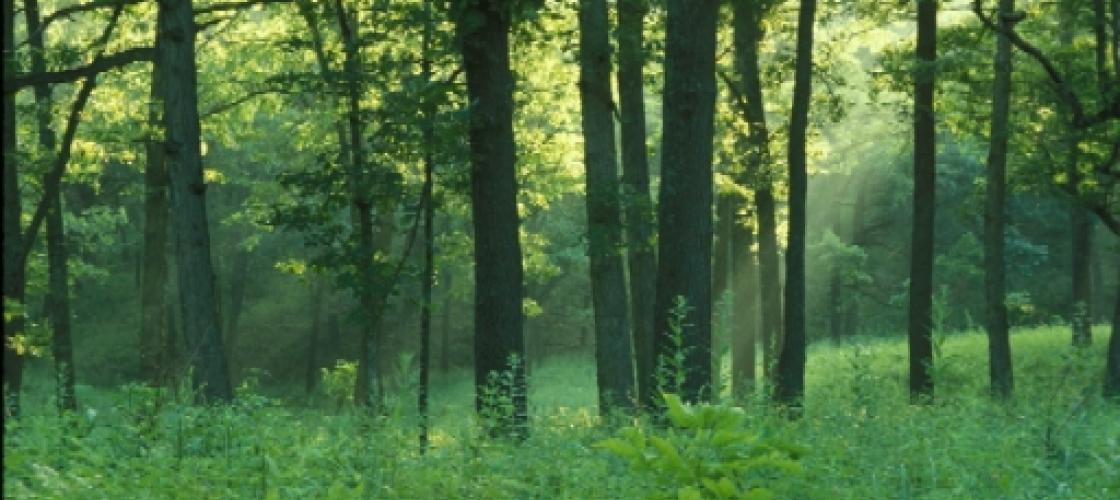Note: In times of social distancing, natural spaces offer a way to enjoy quiet time, refresh in fresh air, and get exercise away from crowded or closed gyms.
The tradition of St. Paddy's day every March 17th, finds people wearing green. You can experience how nature wears green during most seasons of the year, but spring is probably the best time for a deep dive into this refreshing hue.
Green is the color of spring and is a symbol for growth and renewal. It’s also one of the most relaxing and restful colors for the human eye to view.
Green is a secondary color that is created by mixing blue and yellow. Many animals use this mix as they have trouble making green. Green snakes and frogs have evolved by mixing a yellow pigment to their blue structural color to get those green shades. The pigment color is temporary and the structural color more lasting. When a green snake or frog dies, they may appear blue as the pigment fades and the underlying structural color remains.
Plants make their own green pigments, known as chlorophyll, and use them to turn sunlight into energy. This process of photosynthesis in the leaves feeds the plant.
In spring, many vibrant shades of green spread across the landscape. You can enjoy these greener pastures by heading out in nature to experience some refreshing shades of green. It may enhance your vision and even bring on some luck of the Irish.
Check out some green critters and places to go to see nature's greens in the media gallery below.
Green with Envy
- Bring green to your backyard pond or small lake by fostering an environment perfect for aquatic plants, which can help improve water quality and control erosion.
- Select species that reproduce more slowly, are easy to control, and that grow in a select range of water depths, can help you develop a pond plant community beneficial to fish and wildlife, as well as one you can enjoy.
- Not all species within each category of aquatic plants (emergent, floating, shoreline and submerged) are well suited for all water bodies. Typically, small lakes and ponds do best with slow-growing, shorter species that grow sparsely.
Learn more about establishing aquatic plants in your pond or small lake with this booklet.










Recent Posts
























